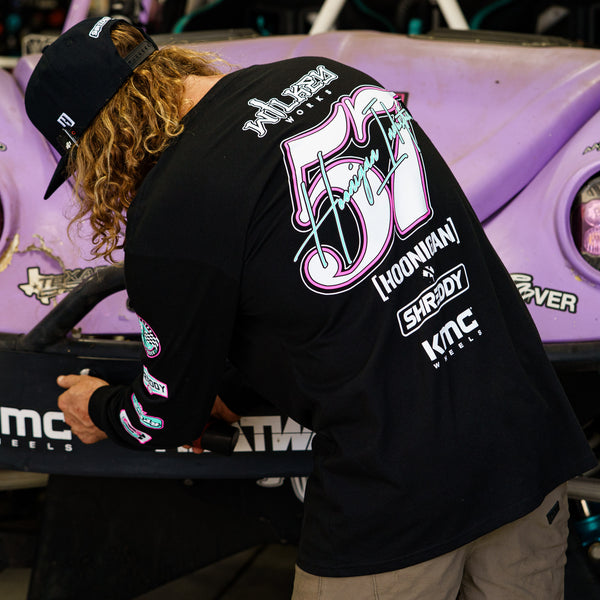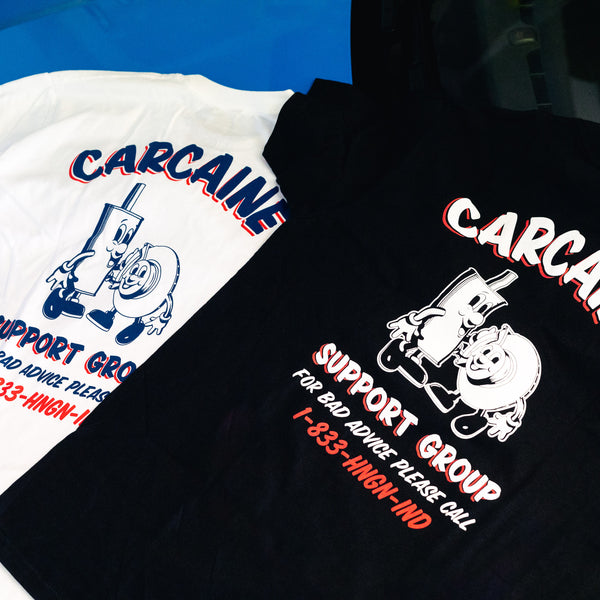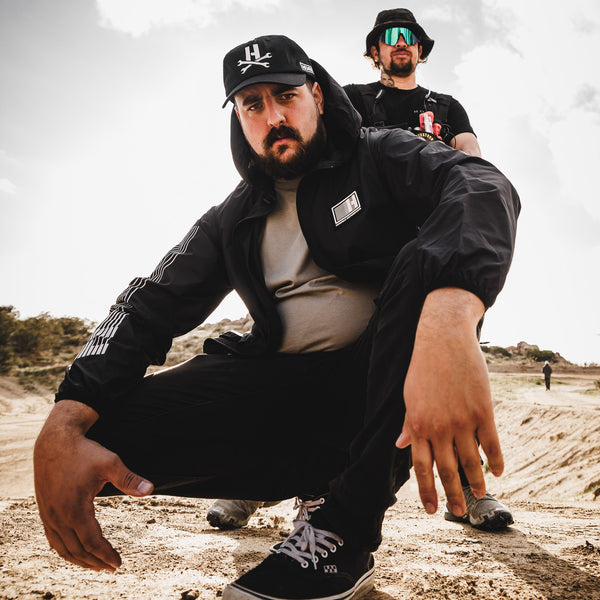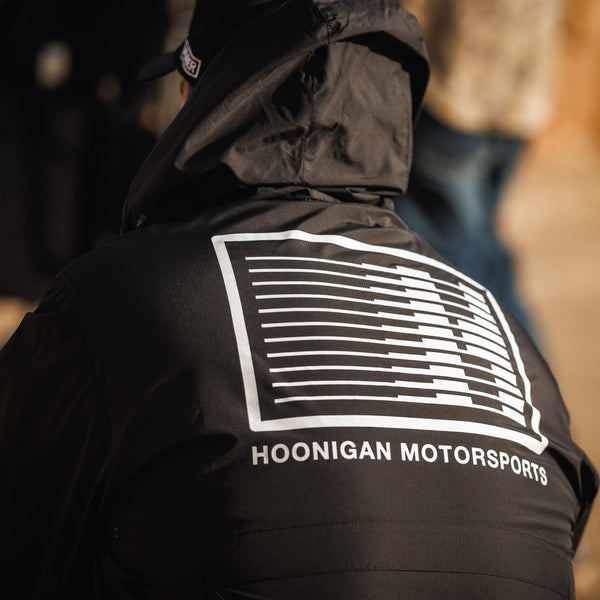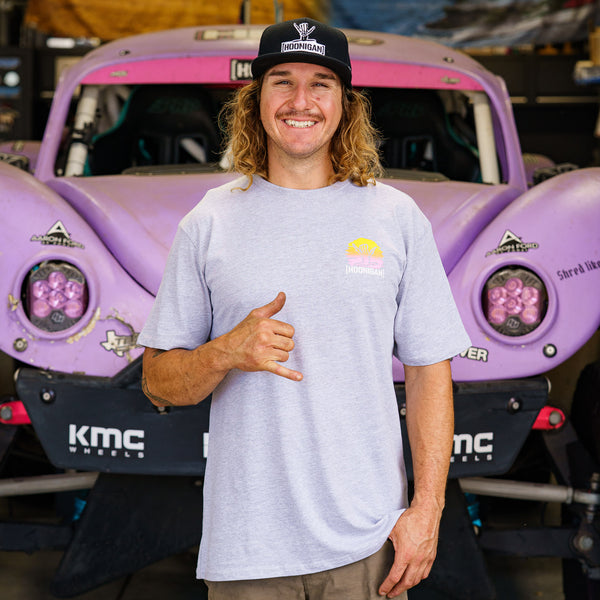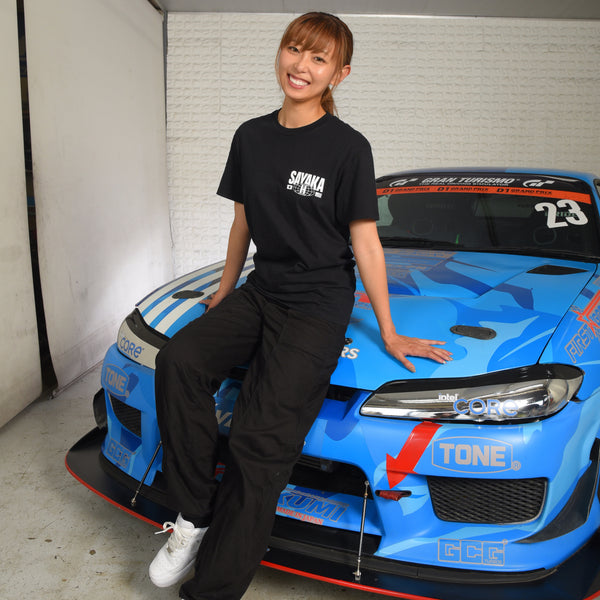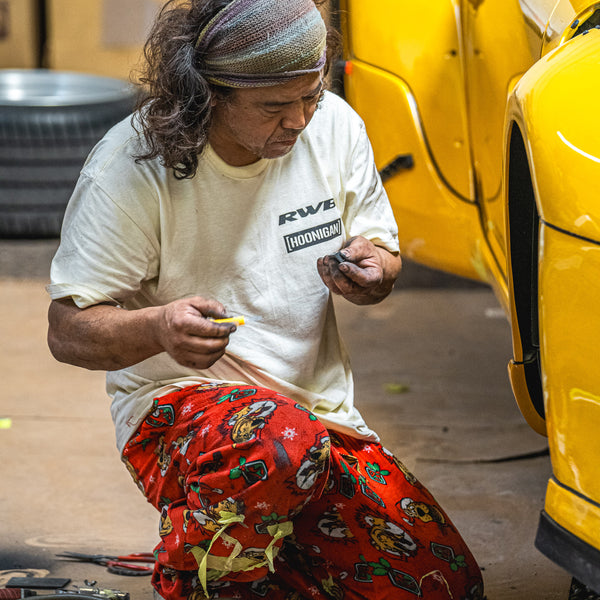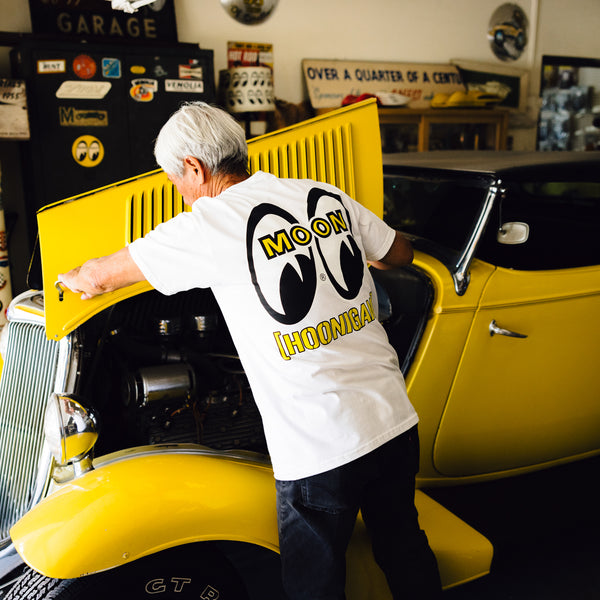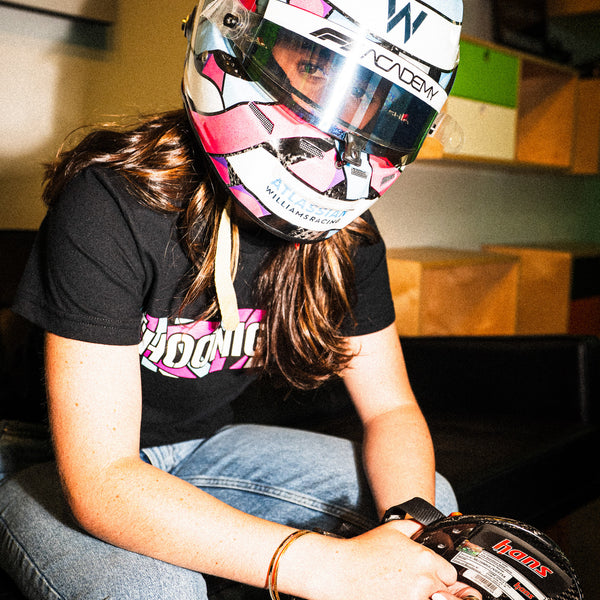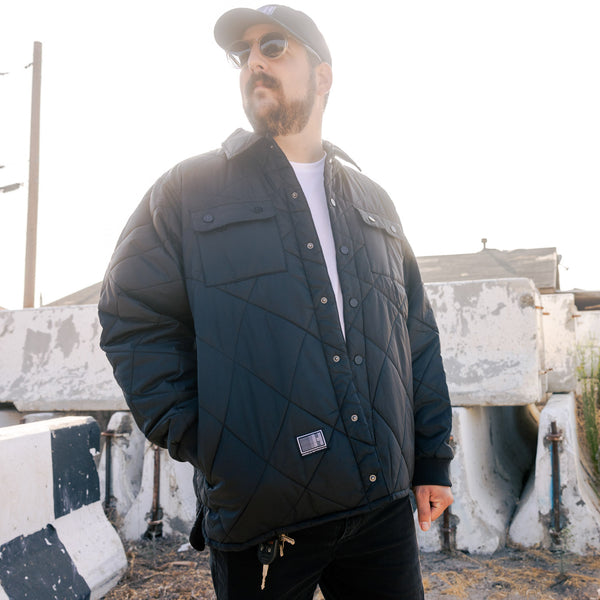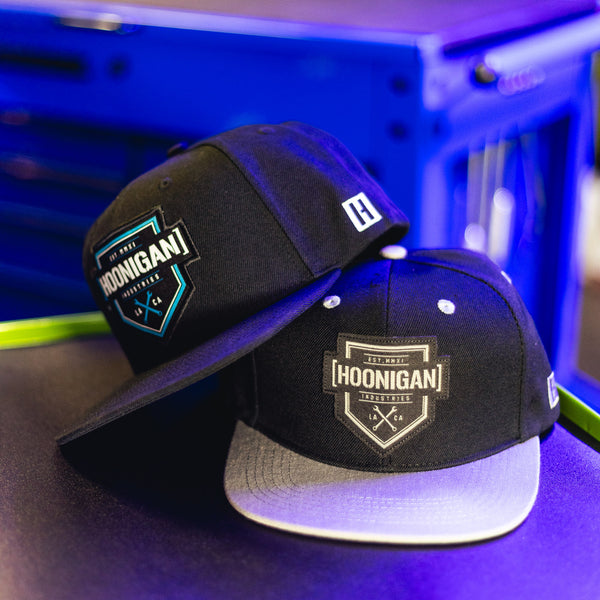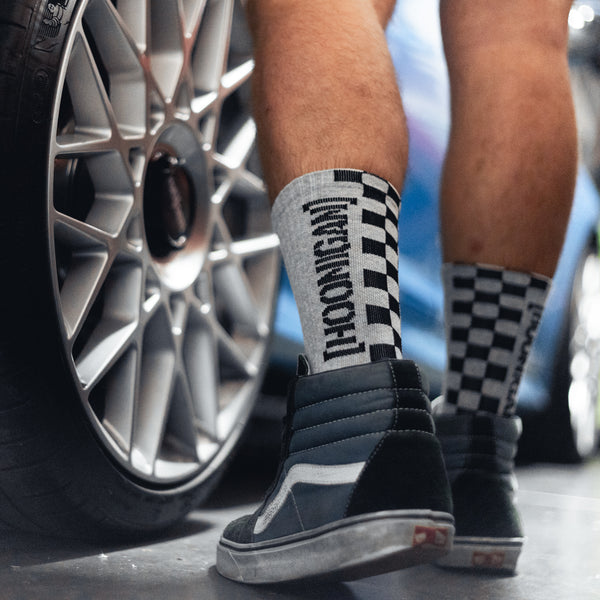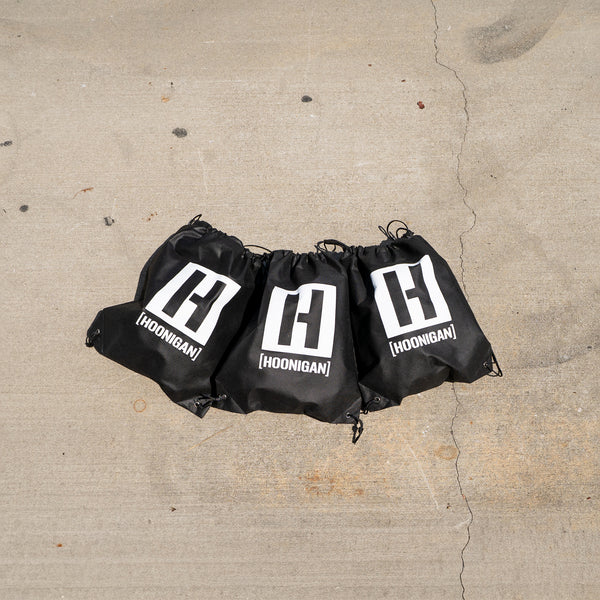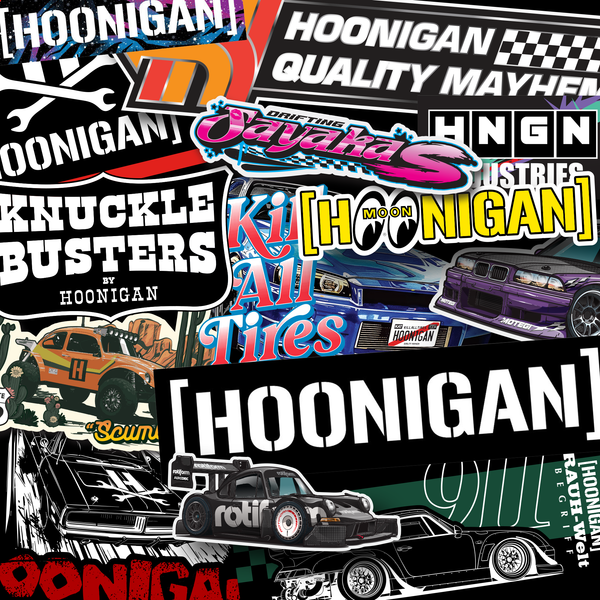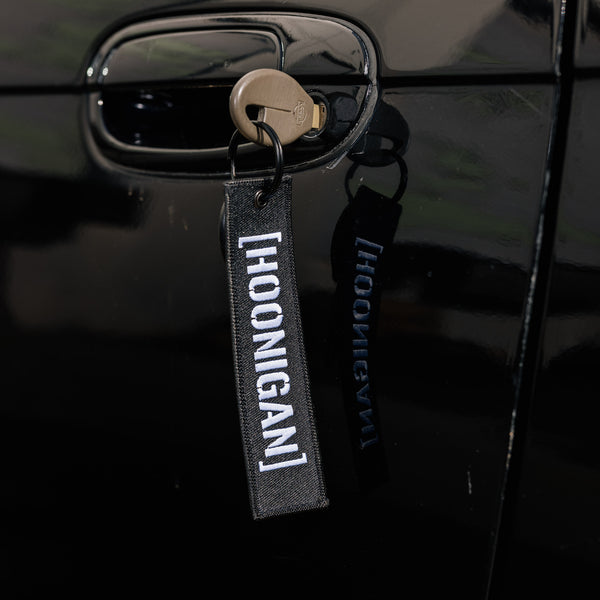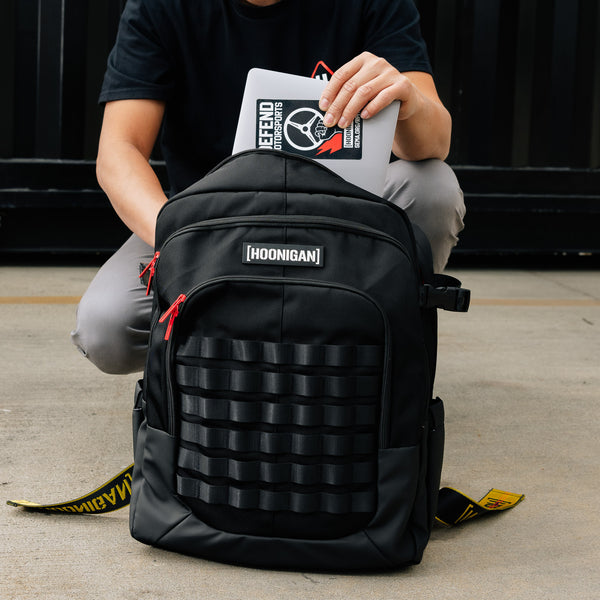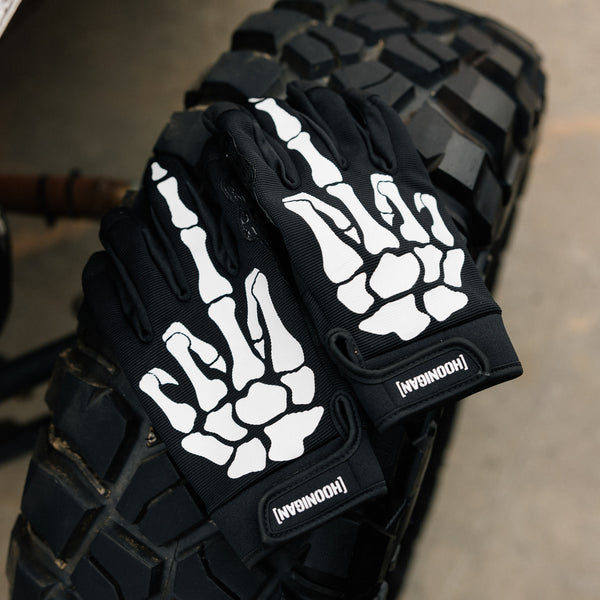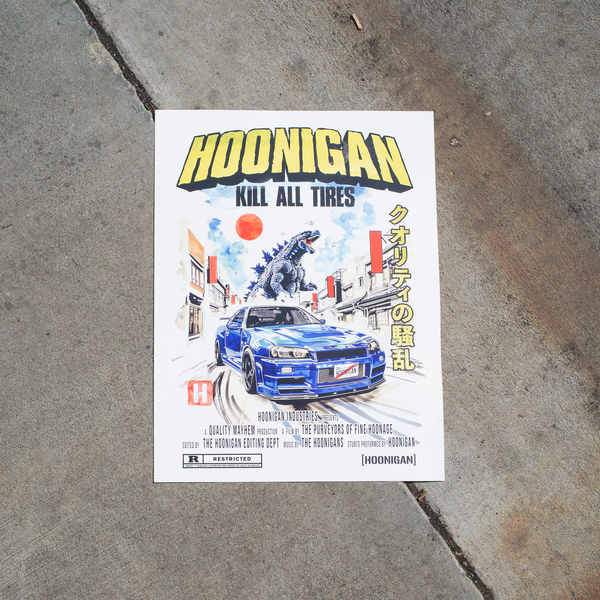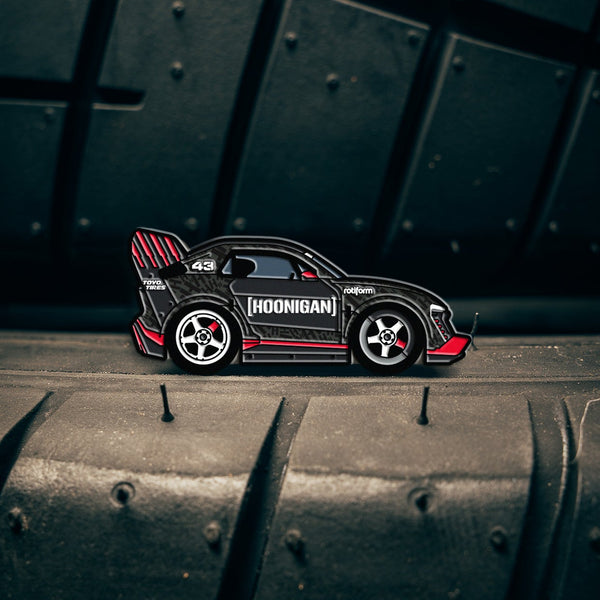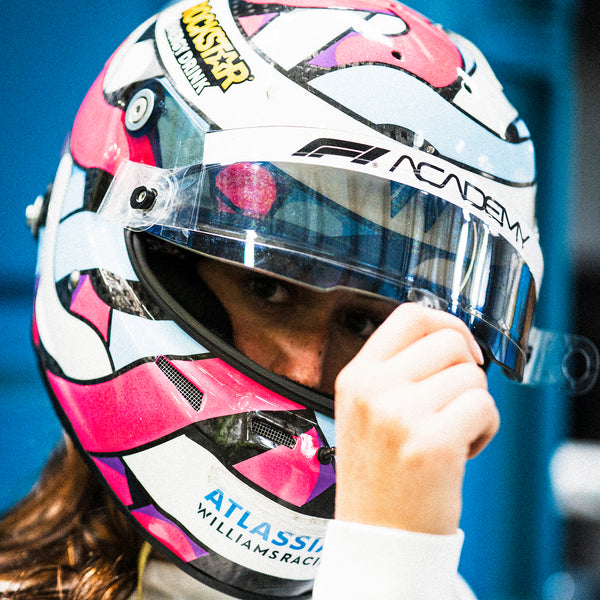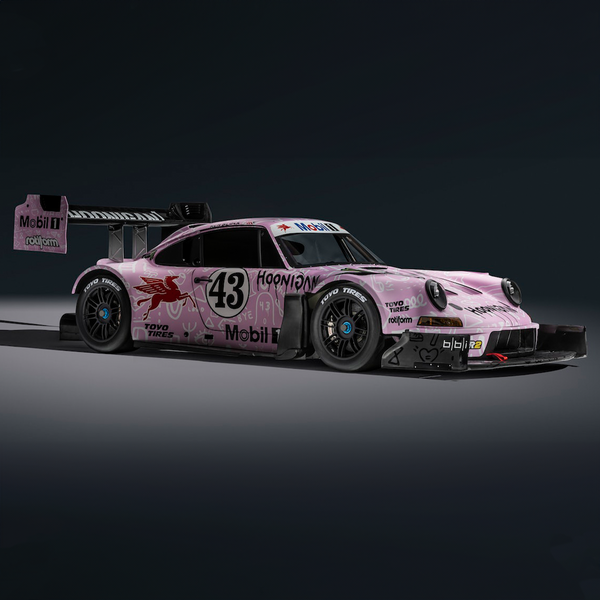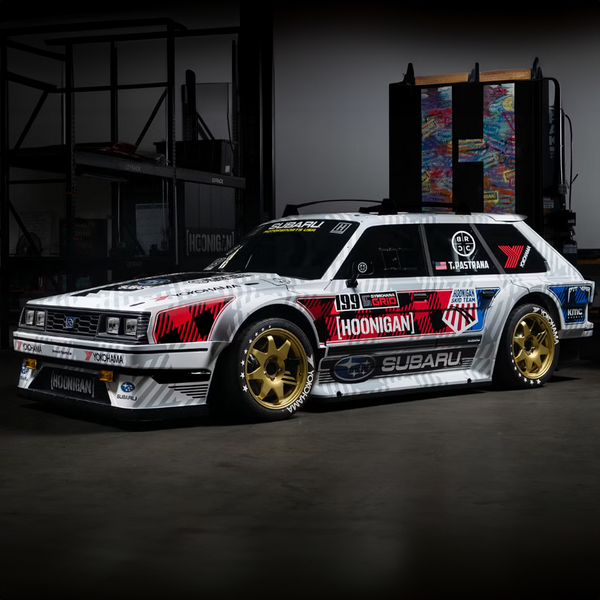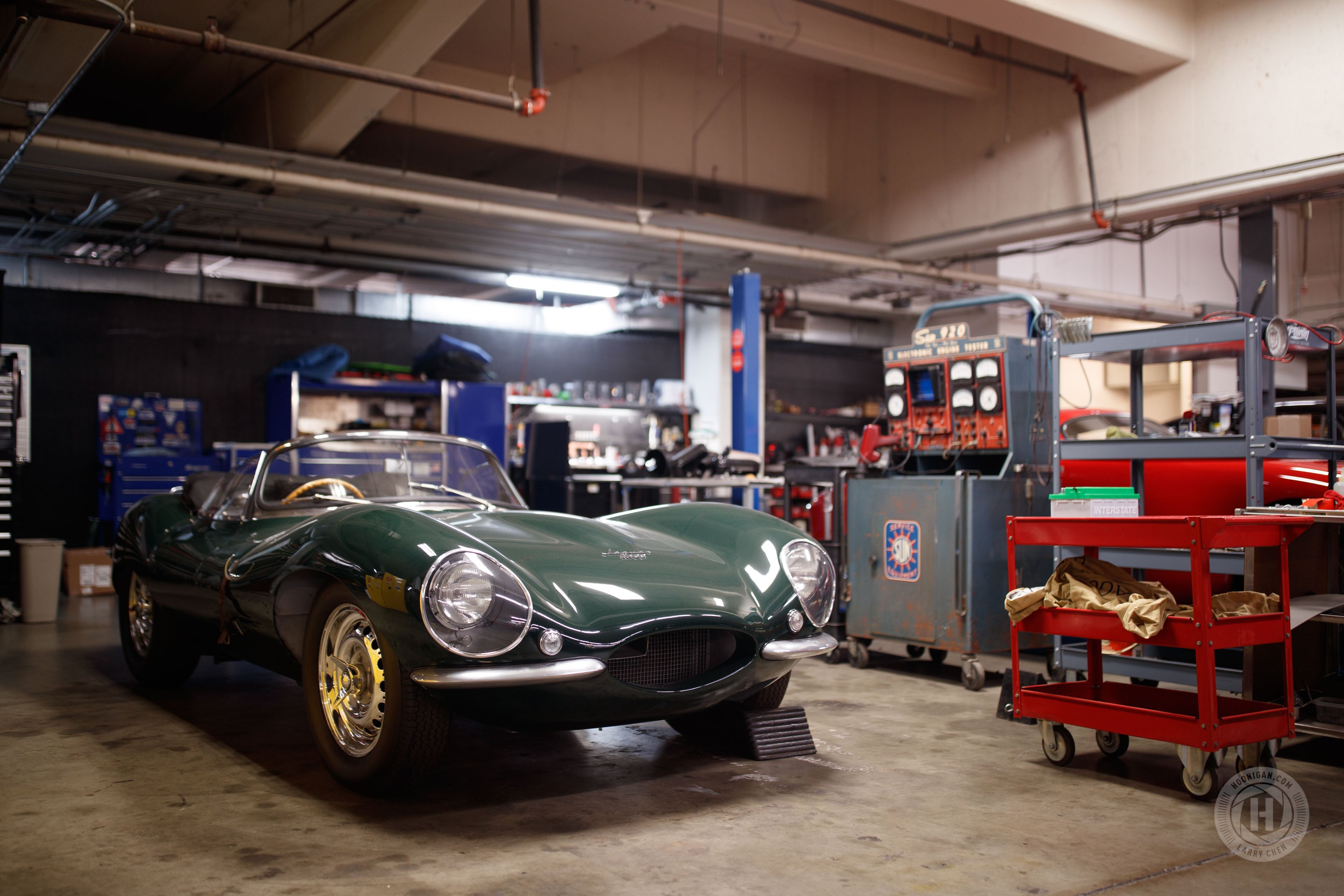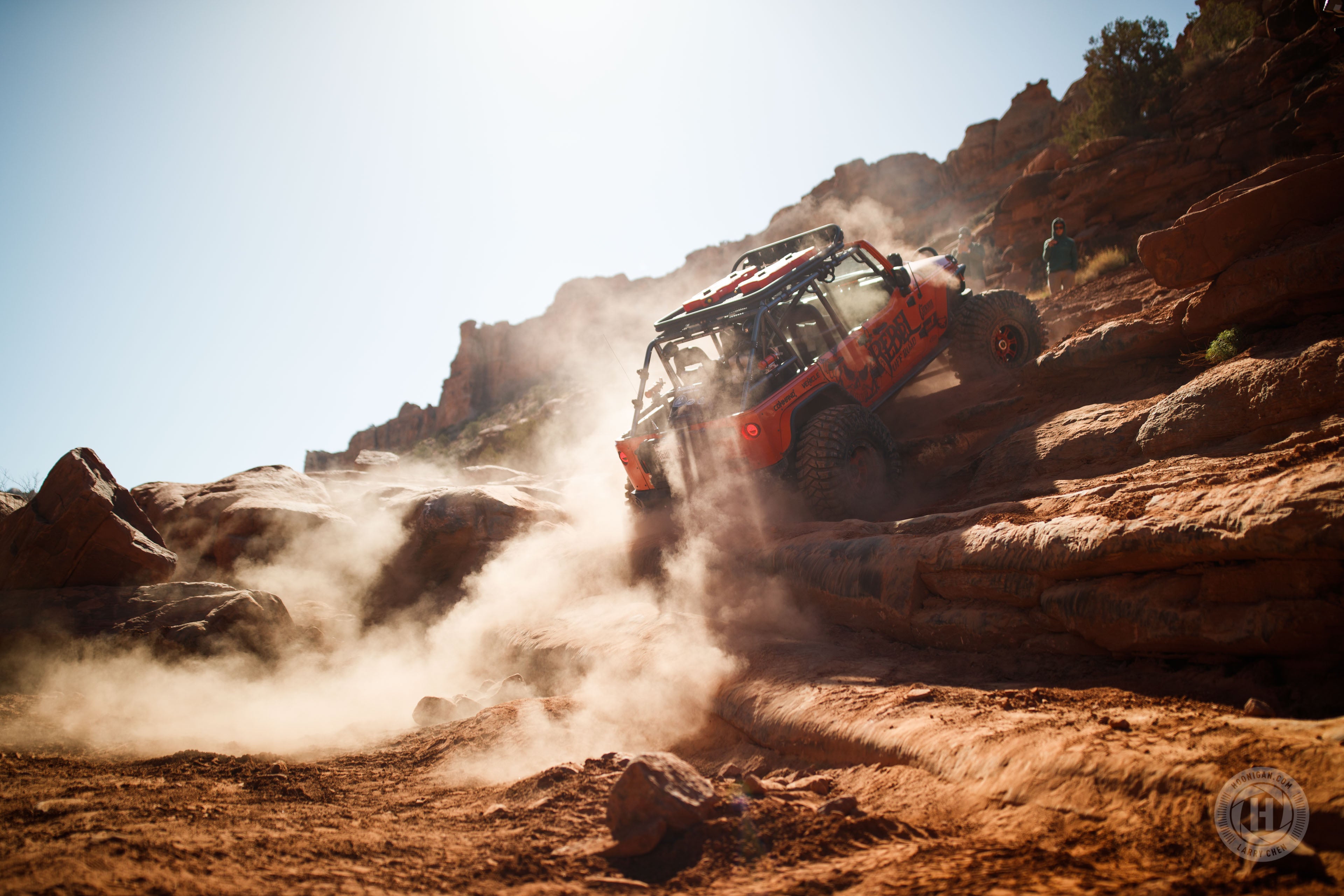There was once this fear in Formula Drift that the V8, specifically the GM LS-based V8, would become the dominate engine and “ruin drifting.” When looking at the current list of power plants in 2018, the V8 has fallen and there has been a rise of six-cylinder powered cars on the grid. Specifically, quite possibly one of the best built engines from an OEM to make stupid power – the 2JZ-GTE.
 |
 |
 |
 |
[desktop-only]
[mobile-only-end]
 |
 |
 |
Now, the rise of the 2JZ hasn’t been because prices have drastically fallen for the engine. It’s still a fairly expensive engine to procure here in the US. You’re not going to go to a junk yard and pick one up for $500 like you can with the iron block Gen III and Gen IV GM V8s.
 |
 |
However, there is no denying that the 2JZ can make some V8-like power when you find someone who can build a decent engine. Many engine builders known better for their V8 expertise in oval and endurance racing are building some of the best 2JZ engines in the US.
 |
It sounds so simple to say, but they are doing it by applying their knowledge on making those big, lazy engines to survive for hours at high-RPMs to the Toyota platform.
 |
 |
 |
 |
 |
[desktop-only]
[desktop-only-end]
[mobile-only]
[mobile-only-end]  |
 |
 |
 |
The idea for this article actually came last year at FD Seattle when it was an all 2JZ podium with James Deane, Ryan Tuerck, and Piotr Wiecek all finishing in the top three spots. Sorry, it took me a few days (and months) to finally come out with this article). When you look at the full field at FD Round 5, only 16 of the 30 cars are powered by an engine with more than six-cylinders.

The rest are powered by six-cylinder (11 cars total), four-cylinder (two cars), or rotary engines (one car). That’s just barely enough to call the V8 a majority in Formula Drifts’ Pro Championship.
 |
 |
 |
 |
 |
Even in Pro2, two of the top five finishers in Atlanta were powered by a six-cylinder engine with both of them being the venerable 2JZ.
 |
 |
 |
 |
What makes that engine special, though? Why a 2JZ over the Nissan RB inline-six or the BMW M- or N- inline-sixes? It mostly has to do with the absolute reliability these engines have. You rarely hear about a 2JZ-powered car with engine issues, though they do happen. It’s very rare to hear about the Toyota mill blowing blocks out from boost or nitrous use.


 |
 |
 |
 |
A lot of that has to do with the block itself, a cast-iron design with seven main caps that helps give it strength to survive up to around 800-horsepower. It was used from 1991 to 2002, first debuting in the 1991 Toyota Aristo V before it became the flagship engine of the fourth generation JZA80 Supra that debuted in 1993.
 |
The 1JZ and 2JZ are often compared to each other because they share the same cylinder bore size and architecture but a different stroke. However, the block deck height of each engine is different as well as the crank and pistons – the 2JZ block is taller to make up for the 14.5mm (0.571-inch) increase in stroke length. The piston deck height, the height the piston is relative to the height of the bore, is zero on both engines.
[desktop-only]
[desktop-only-end]
[mobile-only]
[mobile-only-end]  |
 |
 |
While US engines aren’t exactly 350-ci small block Chevy cheap, a decent 2JZ won’t destroy your bank account. It’s not unusual to find a used Aristo engine from Japan for below $1000 but a used US Supra engine still isn’t bad at just over $2400 complete in most cases. You’re not far off most aluminum LS-engine prices at that point.
 |
 |
 |
 |
 |
 |
 |
 |
While so many were bemoaning the incoming of the V8 in Formula Drift, the reality is that those builds are becoming rarer in the search for building something with power and reliability.
 |
 |
With the costs being about the same to build a 1000-horsepower engine, it’s somewhat hard to justify going to a V8 over a 2JZ.
 |
 |
 |
 |
 |
 |
 |
With increased reliability, a longer development life, and such a great sound, it’s just easier to go with a Toyota inline-six.
 |
But, we won’t stop loving the V8.
Instagram: Larry_Chen_Foto
[desktop-only]
[desktop-only-end]
[mobile-only]
[mobile-only-end]